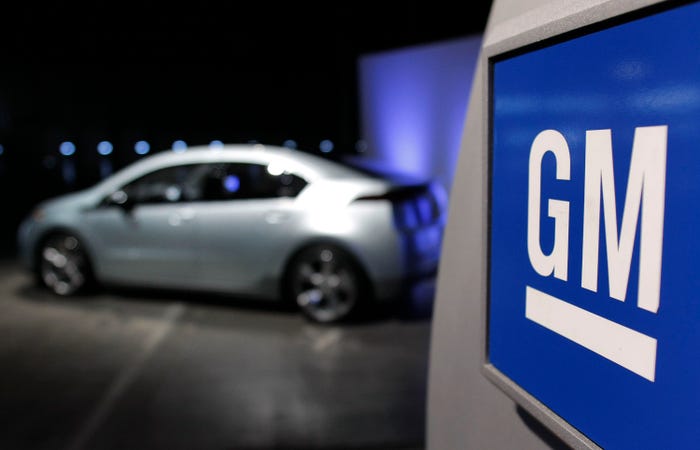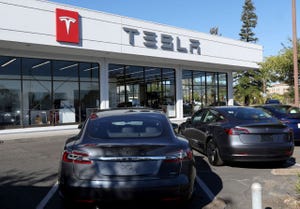Cruise Self-Driving Taxis Resume Phoenix OperationsCruise Self-Driving Taxis Resume Phoenix Operations
The return of the self-driving vehicles is the next step in Cruise resuming operations in the city

Cruise’s comeback is picking up pace, with the company confirming that its self-driving taxis are restarting autonomous operations in Phoenix, Arizona.
The General Motors subsidiary confirmed the news in a blog post, which explained that the vehicles will drive themselves, but with a “safety driver present behind the wheel to monitor and take over if needed.”
It constitutes the next step forward after the resumption of manual operations in the city in April when human-driven Cruise robotaxis ventured out for mapping and to gather information on the local roads.
Cruise confirmed: “We’ll begin supervised autonomous driving in the city of Phoenix and will gradually expand to Scottsdale, Paradise Valley, Tempe, Mesa, Gilbert and Chandler measured against predetermined safety benchmarks.”
It’s understood that in tandem with the autonomous activity, several of Cruise’s converted Chevrolet Bolt AVs driven by humans will continue to collect data.
As you would expect, following Cruise’s dramatic fall from grace at the end of 2023, the announcement was accompanied by yet another public pledge that the company is adhering to the most stringent of safety procedures.
These fall into three pillars. First, “Product Safety” is focused on ensuring the vehicles comply with all relevant requirements.
Cruise explained: “We have procedures in place to ensure our AVs are appropriately maintained and that new software is thoroughly tested and validated through a measured release process prior to deploying to the fleet.”
“Operational Safety” ensures protocols are followed and covers “driver training, ongoing performance management processes, and responsible scaling of operations.”
Finally, “Enterprise Safety” is dedicated to maintaining a safety culture throughout Cruise via “governance, policies, reporting mechanisms and regular safety training.”
This new approach follows the disastrous chain of events that followed an accident in San Francisco last October, in which a pedestrian was dragged along the road for 20 feet by a Cruise self-driving taxi after being struck by a human-driven car.
Cruise subsequently had its license for driverless operations removed in California due to an “unreasonable risk to public safety,” then voluntarily paused all activities across the United States.
As scrutiny intensified into Cruise’s response to the incident, founder and CEO Kyle Vogt left, GM reduced its investment by $1 billion and hundreds of jobs were axed.
An independent report into how Cruise handled the incident concluded that the company had suffered from “poor leadership, mistakes in judgment, lack of coordination, an ‘us versus them’ mentality with regulators and a fundamental misapprehension of [its] obligations of accountability and transparency to the government and the public.”
Now the company is attempting to rebuild its reputation, with autonomous testing in Phoenix the latest stage on its road map toward its ultimate goal of driverless operations in multiple cities.
About the Author
You May Also Like








